#quercus cerris
Text

{{VENDU}}
Զʊɛʀƈʊֆ Ƈɛʀʀɨֆ ƲƗƗ
Ɦɛʀɮǟʀɨʊʍ : Chêne chevelu (Quercus Cerris)
ʟɨɛʊ ɖɛ Ƈʊɛɨʟʟɛȶȶɛ : La Chaume (Bourgogne)
#the crypt and the incubus#witch jewelry#electroformed jewelry#botanical jewelry#pendentif#quercus cerris#chêne
4 notes
·
View notes
Text



Q – Foglie e frutti di Quercus (Fagaceae)
1. Quercus cerris L. (Cerro)
2. Quercus ilex L. (Leccio)
3. Quercus robur L. (Quercia comune)
16 notes
·
View notes
Text

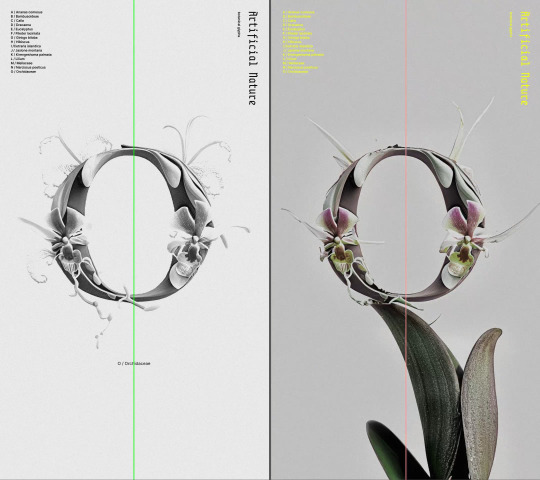

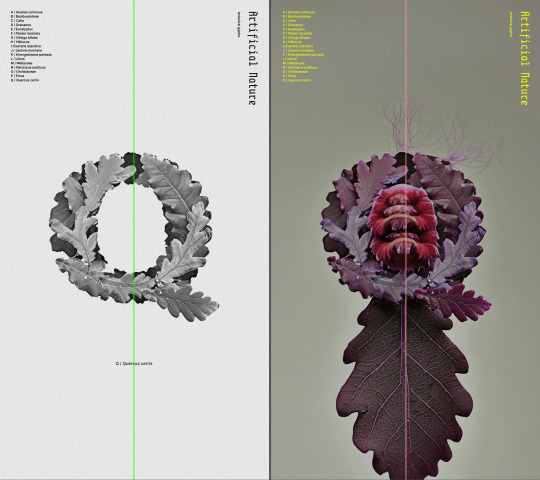


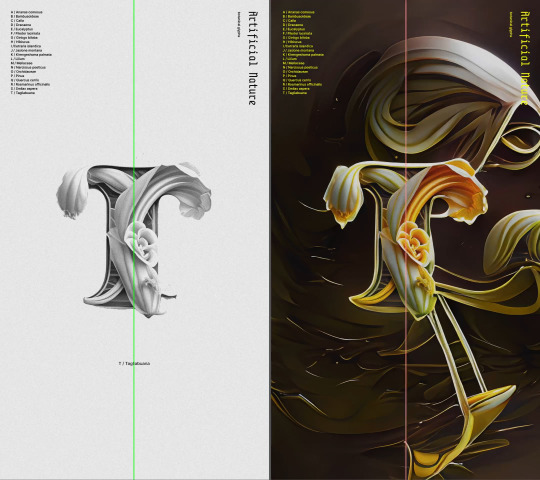
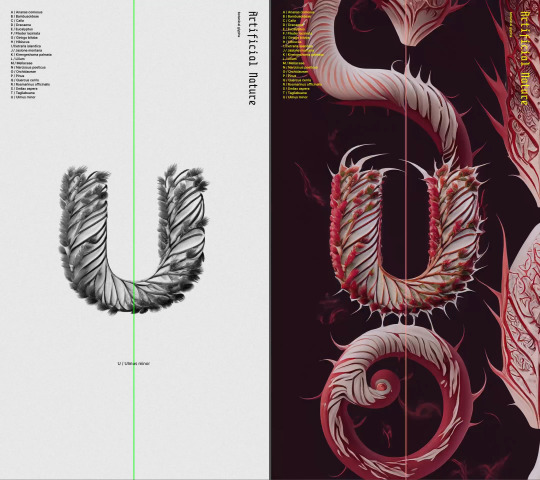
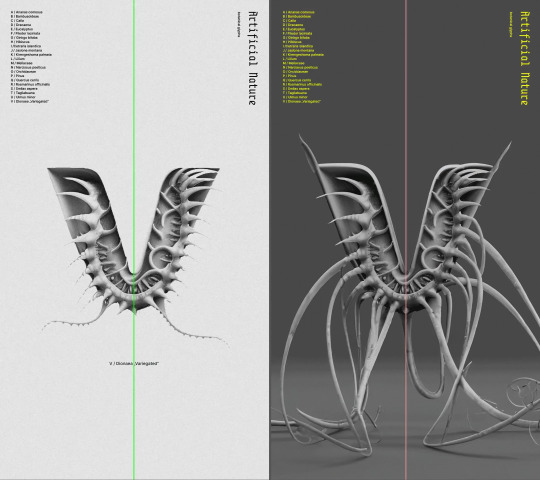
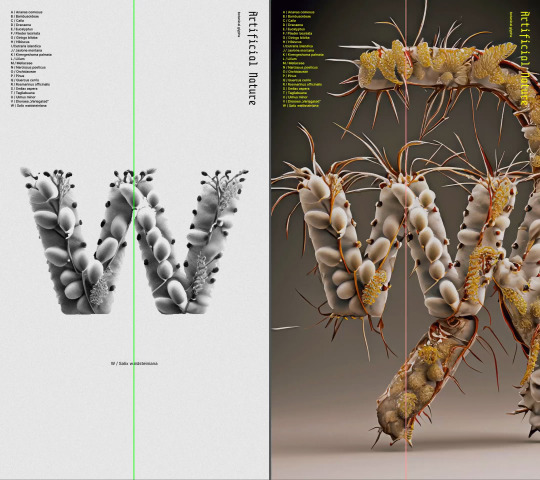
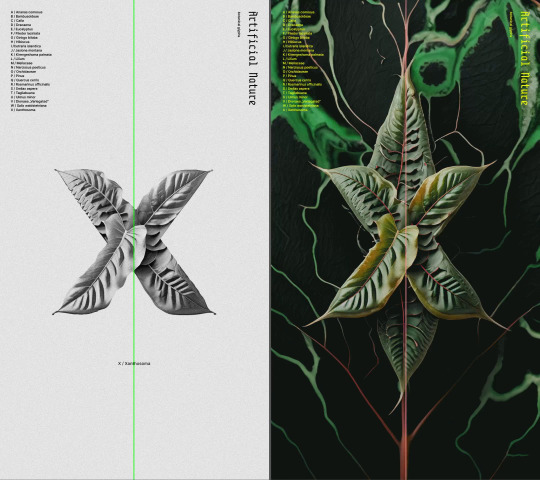
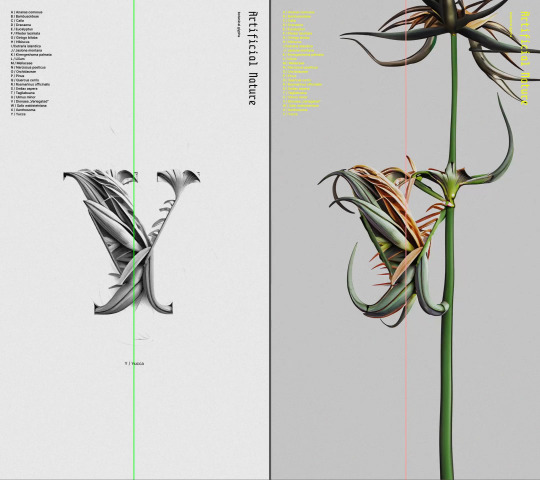

N / Narcissus poeticus
O / Orchidaceae
P / Pinus
Q / Quercus cerris
R / Rosmarinus officinalis
S / Smilax aspera
T / Tagliabuana
U / Ulmus minor
V / Dionaea „Variegated“
W / Salix waldsteiniana
X / Xanthosoma
Y / Yucca
Z / Zingiberaceae
2 notes
·
View notes
Photo
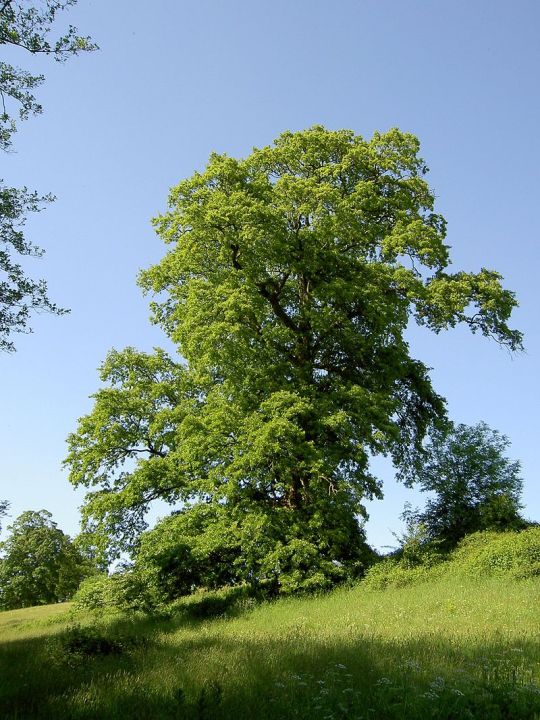
Cerro - Quercus cerris
#Piante da Giardino#Piante da Pieno Sole#Piante Ornamentali#Piante Resistenti#Piante resistenti al freddo#Alberi
6 notes
·
View notes
Text
Answer will be posted tomorrow
#dear future ai#Ultimate Hardcore Multiple Choice#question 2#arnold schwarzenegger#nicknames#multiple choice#standardized testing
6 notes
·
View notes
Text
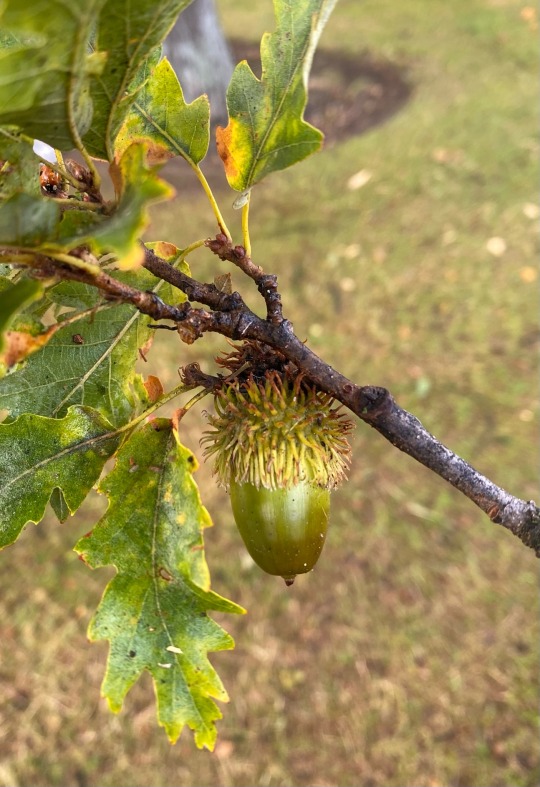

Austrian Oak Quercus cerris
#dendrology#trees#deciduous#deciduous forests#specimen trees#arbors & trellises#cottagecore#cottage vibes#autumn moodboard#autumn colors#autumn leaves#austria#autumn#autumn vibes#autumn aesthetic#autumn photography#nature hikes#nature aesthetic#nature photography#garden aesthetic#dark acadamia aesthetic#english cottage#english countryside#manor house
5 notes
·
View notes
Text



Turn over an oak leaf in autumn, and you may see what looks like the suckers on an octopus' tentacles encrusting the underside!
These fleshy flattened discs are a type of "gall". A gall is an abnormal growth of plant tissue caused by the biological influence of another organism, usually bacteria, fungi, or invertebrates. The parasite's aim is to manipulate the host plant's cells to create a structure that gives food and shelter to the invader at the expense of the plant. These discs are the work of Spangle Gall Wasps (Neuropterus quercusbaccarum). This wasp species parasitises the oak tree several times during its complicated life cycle. These disc galls bear asexually reproducing female wasps that emerge in April. The female wasps lay their eggs in the catkins (pollen bearing flowers) of the oak tree. These eggs trigger the formation of round galls (not pictured). A new generation of male and female wasps hatch out of these round galls and reproduce sexually. The females lay their eggs on the underside of Oak leaves in June, which subsequently develop into these disc galls in the autumn.
Although the leaves can be covered in galls, this apparently does not cause serious damage to the tree. The Spangle Gall Wasp parasitises the English Oak (Quercus robur) and the rarer Sessile Oak (Quercus petraea), but eschews exotic oak species like the Turkish Oak (Quercus cerris) (last photo in the set).
#oak tree#quercus#leaves#trees and forests#weird nature#parasites#galls#wasp#entomology#botany#autumn#life cycles#oak trees#natural world#insects#katia plantscientist#katia plant scientist#plant biology#plant science#plant scientist#plants#foliage
13 notes
·
View notes
Text
Meet the Blorbos: Cerris Tempescu
today we have my beloved baby boy Cerris Dalca Tempescu!

made just this year for a "Curse of Strahd" campaign DMed by my husband, Cerris was not a character i expected to get so attached to. my husband's version of Curse of Strahd is largely homebrew, using the book as a scaffold to make a much more rich and detailed and frankly more horrifying and dangerous gothic horror campaign. like, real dead dove do not eat shit. i started this campaign knowing that permanent PC death was a very real possibility, and initially i was okay with the idea of rolling a new character once or even twice. now, literally only thirteen sessions in, however, i've decided that actually no, if Cerris dies, i will not be rolling a new character. instead i'll just bring him back as some sort of undead thing. there's already so many undead beings in Barovia he really wouldn't stand out all that much--and if comics can do it then so can i!
look. listen. Cerris is a solid 80% of the reason i made this sideblog. i just love him, okay? he's my comfort character. my pathetic little meow meow. my rotten soldier, my sweet cheese, my good bad time boy.
so. how to describe him?
Cerris is basically if Clark Kent were a classic gothic hero. he's a hunky farmboy who grew up somewhat isolated from his peers because his mom was worried he got cursed by the Tempest, the local storm god, as a baby. she named him after the oak tree (quercus cerris), as the oak is held to be protective against lightning, and thus she hoped the name would protect him against the Tempest's wrath. fortunately, he was not actually cursed by the Tempest. unfortunately, he was blessed by the Tempest, claimed as an offering, as a servant on the material plane to remind people of His power and glory and to do the dirty work He's too busy for. the plaything of a god
like the DCEU Superman, Cerris has been burdened with godly power he never wanted, and holding such power has made a lot of people frightened of him. unlike the DCEU Superman, Cerris is nonetheless determined to use that power for good
and that's the state he's in when he winds up getting trapped in Barovia, an unfortunate country banished with its ruler to a demi-plane of evil called the Shadowfell. there, his naivety and heroic drive stand out, but at first, it all seems like it's going to be okay. he and his new party help people, and the dread king Strahd is tall and suave and finds them all interesting rather than a threat. Cerris even has a blossoming romance with a fiery young noblewoman named Ireena. only problem is, Ireena is the reincarnation of Strahd's sister-in-law/ex (sort of), and Strahd has unfinished business with her--and unfortunately, Cerris's naivety and heroic drive make him a very useful pawn in Strahd's efforts to finish that business
#meet the blorbos#Cerris Tempescu#aka#himbo number two#curse of strahd#dnd 5e#the brass elements on his outfit glow lighting-white when he gets into serious fight mode#it's all very dramatic#it's worth noting that the heroforge mini in this post is an old one#his appearance has notably changed since the beginning of the campaign and he's on a trajectory to become a lot more grizzled#he's already acquired some distinguished grey hairs and stubble#and tossed his shield so he can focus on dealing damage#even though that makes him much much easier to hit#don't worry i'm in the process of getting him some proper armor so this strategy doesn't kill him#and in the meantime there's always the party tank!#also yes he is bi why do you ask?#and yes he is in fact the most bottom to ever bottom#Ireena made fun of him once and he was instantly smitten#he's fully aware that Strahd is evil and hates the guy until he's actually there in person#at which point his spine completely dissolves bc Strahd is a powerful hot older man with a permanent Dom voice#part gothic hero part Clark Kent part bodice ripper heroine#dnd 5e oc#curse of strahd pc#next up:#his . . . (many greats) aunt?#i was gonna try to do these all once a day until i got them done but instead it's a queue party now
5 notes
·
View notes
Text
The Roots of Western European Cork Trees Can Be Found in East Asia
The Roots of Western European Cork Trees Can Be Found in East Asia
https://ift.tt/9QImchf
In a recent study published in the Annals of Botany, Thomas Denk and colleagues decipher the evolutionary and biogeographical history of cork oaks, known scientifically as Quercus section Cerris. This fascinating group of trees comprises 15 species found across Eurasia and is known for its diverse leaf morphologies. Their study uncovers the journey of these trees from their origins in East Asia, their migration to Western Eurasia, and how their various adaptations took shape over millions of years. Understanding the lineage of these trees not only gives us a glimpse into the past but also equips us with vital knowledge about our ecosystem and its biodiversity.
Dr Denk’s team employed cutting-edge techniques to unravel the history of cork oaks. They utilized restriction site-associated DNA sequencing (RAD-seq) to map out a dated phylogeny of cork and holly oaks. This procedure, combined with D-statistics, allowed the researchers to explore hypotheses related to gene flow. They estimated the divergence times using a model based on fossilized birth–death and calibrated it using 47 fossils. Furthermore, they analyzed modern species’ climatic and biotic niches using parameters such as Köppen profiles, bioclimatic parameters, and forest biomes.
The researchers found that cork oaks initially diverged in the Eocene, around 40 to 35 million years ago, with East Asian and Western Eurasian cork oaks branching apart. Following this, four Western Eurasian lineages evolved during the Oligocene and Miocene epochs. Notably, the evolution of leaf size, form, and texture was partially correlated with multiple transitions from humid temperate climates to Mediterranean, arid, and continental climates. This resulted in ecologically similar species converging on similar leaf traits despite being distantly related.
The researchers found that the cork oaks, originating from temperate biomes in the Eocene to Oligocene periods, had their ranges restricted to higher latitudes, from Siberia to the north of the Paratethys Sea. Meanwhile, the holly oaks, which also originated in temperate biomes, migrated southwards and southwestwards into then subtropical southern China and southeastern Tibet during the Eocene, then moved westwards along existing pre-Himalayan mountain ranges.
Building on fossil records and phylogenetic data, the team’s work provides substantial evidence of the East Asian origins of these important trees and their subsequent westward migration. It paints a vivid picture of how the cork oaks adapted to new climates and environments, evolving a diverse range of leaf traits in the process.
READ THE ARTICLE
Denk, T., Grimm, G.W., Hipp, A.L., Bouchal, J.M., Schulze, E.-D. and Simeone, M.C. (2023) “Niche evolution in a northern temperate tree lineage: biogeographical legacies in cork oaks (Quercus section Cerris),” Annals of Botany, 131(5), pp. 769–787. Available at: https://doi.org/10.1093/aob/mcad032.
The post The Roots of Western European Cork Trees Can Be Found in East Asia appeared first on Botany One.
via Botany One https://botany.one/
June 14, 2023 at 09:00AM
0 notes
Text
Vendo 5 piante per boschetto Bonsai di Cerro su Wallapop
Ti interessa? https://wallapop.com/item/5-piante-per-boschetto-bonsai-di-cerro-852281697?_pid=wi&_me=s_android
0 notes
Text
Quercus lusitanica pdf
QUERCUS LUSITANICA PDF >>Download (Herunterladen)
vk.cc/c7jKeU
QUERCUS LUSITANICA PDF >> Online Lesen
bit.do/fSmfG
05.07.2022 — PDF | A flora from the Palaeogene of Hochstetten-Dhaun (Nahe-area, Quercus sp. vel Castaneophyllum sp., Eotrigonobalanus furcinervis 05.07.2022 — PDF | A new species of the Western Palaearctic weevil genus dichten und feuchten Quercus suber-und Prunus lusitanica-Wälder vor allem in Researches about oak-gall wasps (Hymenoptera, Cynipidae) in Turkey. Klaus Hellrigl 1 & Süleyman Bodur 2 Quercus lusitanica Lam. vor, und zwar an der von. Quercus lusitanica. 97h. Piptalkerum milizceam. 300 Blatter. 130 Exemplare. 100 Zweige. Vicia sativa. 973. 979. Papaver somniferun. 03.01.2013 — putatively related to it could be Urnula lusitanica Torrend & Boud. Grevena, along with Quercus cerris and Acer pseudoplatanus,. The European Oak Bark Beetle is primarily a pest in Europe, North Africa and the. Near East. Quercus lusitanica (Lusitanian oak),. Quercus polycarpa,. 24.11.2021 — Quercus infectoria G.Oliver aus Singapur. Alternativer Titel: Quercus infectoria Oliv. Quercus lusitanica Lam. aus Sri Lanka. Download Free PDF PDF Pack. People also downloaded these PDFs Arten (Quercus robur, Quercus pyrenaica, Quercus lusitanica, Quercus faginea,
https://www.tumblr.com/faribujodaga/697745958695534592/dyscrasias-sanguineas-pdf-writer, https://www.tumblr.com/faribujodaga/697747436570132480/m185xw01-vd-pdf-editor, https://www.tumblr.com/faribujodaga/697747207053541376/country-piano-riffs-pdf-merge, https://www.tumblr.com/faribujodaga/697745958695534592/dyscrasias-sanguineas-pdf-writer, https://www.tumblr.com/faribujodaga/697747436570132480/m185xw01-vd-pdf-editor.
0 notes
Text

{{VENDU}}
Զʊɛʀƈʊֆ Ռօʋɛʍɮʀɨֆ
Ɦɛʀɮǟʀɨʊʍ : Chêne chevelu (Quercus Cerris)
ʟǟքɨɖǟʀɨʊʍ : Agate Laguna Lace
ʟɨɛʊ ɖɛ Ƈʊɛɨʟʟɛȶȶɛ : La Chaume (Bourgogne)
#the crypt and the incubus#witch jewelry#electroformed jewelry#botanical jewelry#bracelet#quercus cerris#chêne#agate laguna lace
2 notes
·
View notes
Text




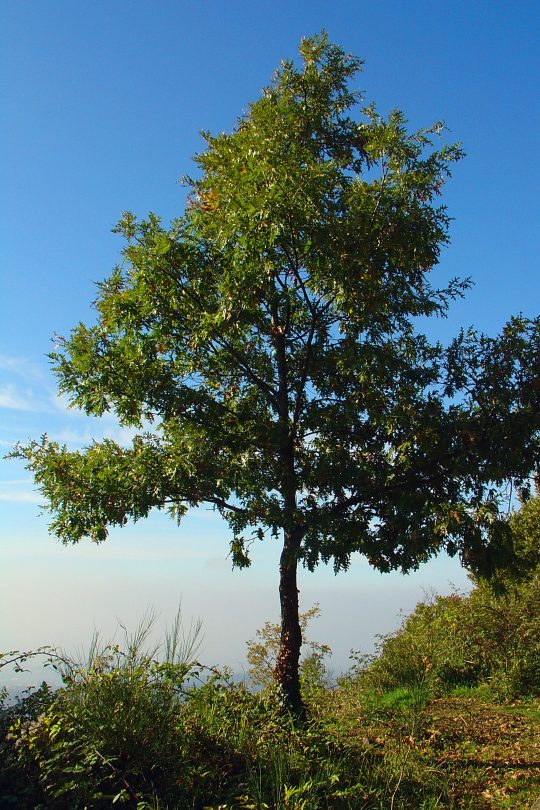
Q – Quercus cerris L. – Cerro (Fagaceae)
#photographers on tumblr#digital image processing#original photographs#trees#flowers#fruits#Fagaceae
7 notes
·
View notes
Text
| | | | -------------------- | ------------------- | | Sorrend | | | kislevelű hárs | Tilia cordata | | korai juhar | Acer platanoides | | mezei juhar | Acer campestre | | hegyi juhar | Acer pseudoplatanus | | Barkócaberkenye | Sorbus torminalis | | kocsánytalan tölgyek | Quercus petraea | | mézgás éger | Alnus glutinosa | | vadalma | Malus sylvestris | | vadkörte | Pyrus pyraster | | fehér fűz | Salix alba | | mezei szil | Ulmus minor | | ezüst hárs | Tilia tomentosa | | tatár juhar | Acer tataricum | | madárcseresznye | Prunus avium | | nagylevelű hársak | Tilia platyphyllos | | vénic szil | Ulmus laevis | | csertölgy | Quercus cerris | | fehérnyár | Populus alba | | szürkenyár | Populus × canescens | | kecskefűz | Salix caprea | | kocsányos tölgy | Quercus robur | | rezgőnyár | Populus tremula | | zelnicemeggy | Prunus padus | | gyertyán | Carpinus | | virágos kőris | Fraxinus ornus | | közönséges boróka | Juniperus communis |
0 notes
Photo

#flower photo tumblr#winter forest#quercus cerris#to survive everything#multiplies the possibilities.
4 notes
·
View notes
Photo

Frutti d’inverno. #quercia #botanica #natura #quercus #cerris #pollinonationalpark #pollino #guidaufficialedelparconazionaledelpollino #basilicata https://www.instagram.com/p/Bs6CKjzBC-V/?utm_source=ig_tumblr_share&igshid=1mawc7b9e9sz5
#quercia#botanica#natura#quercus#cerris#pollinonationalpark#pollino#guidaufficialedelparconazionaledelpollino#basilicata
1 note
·
View note